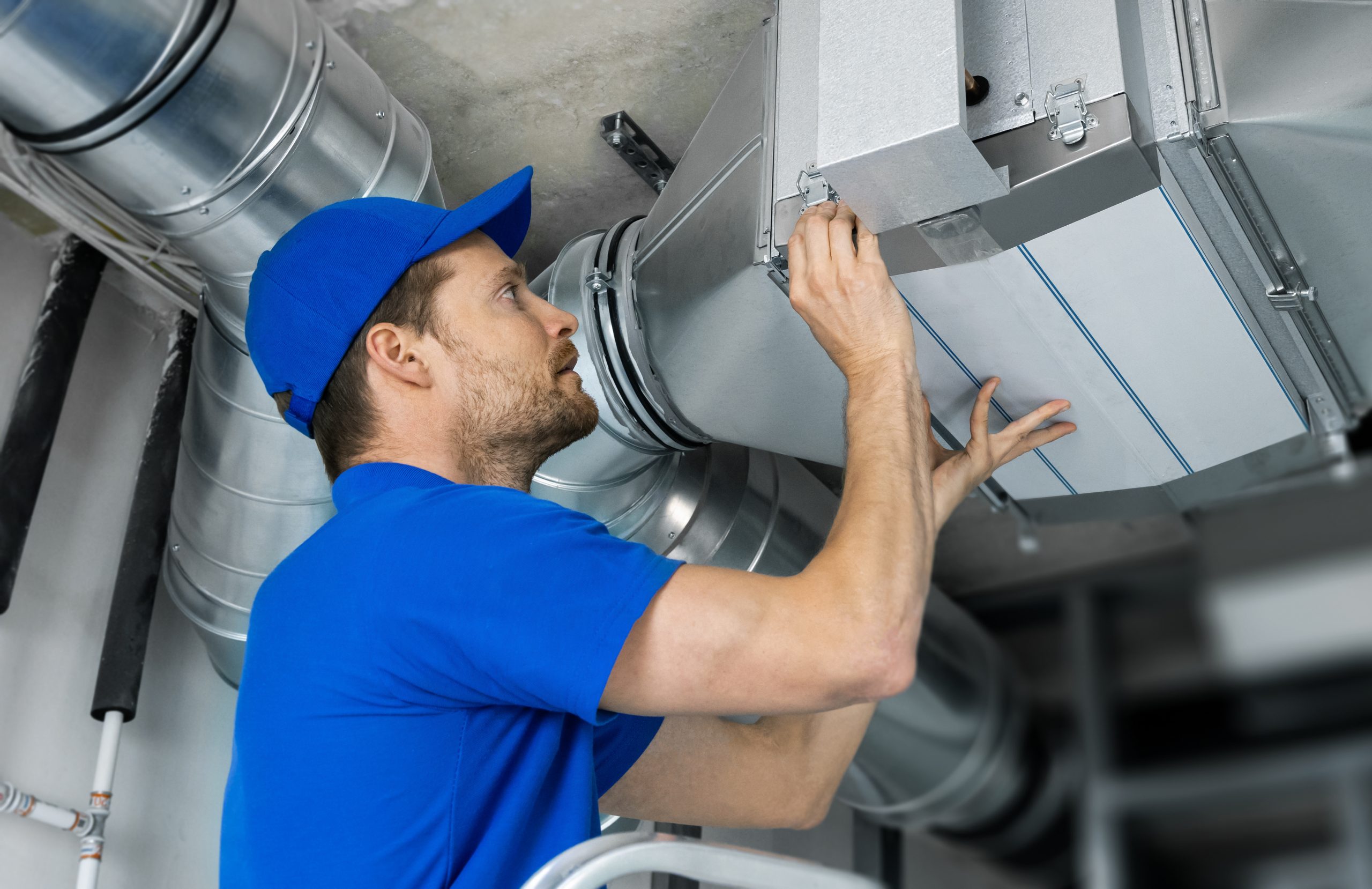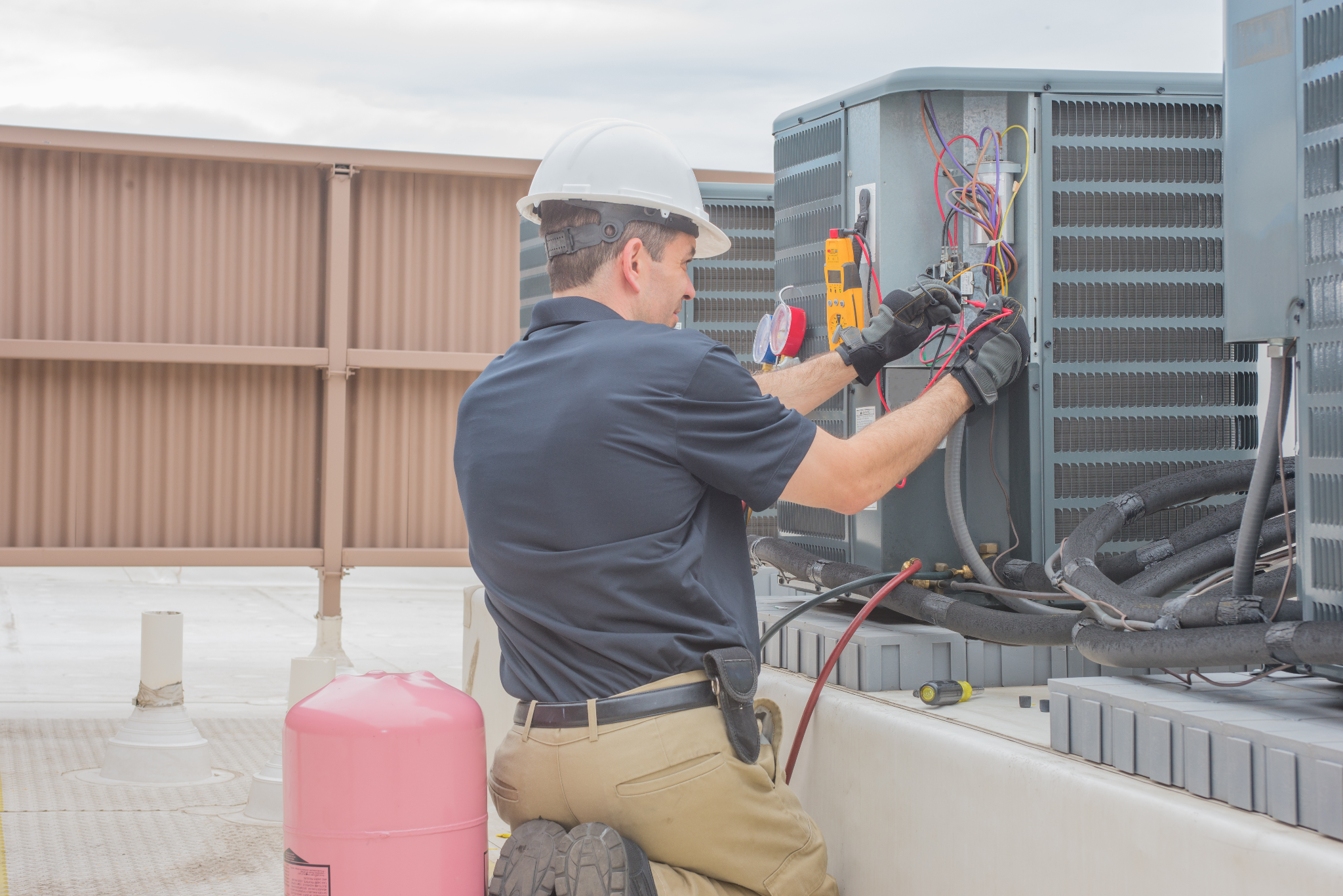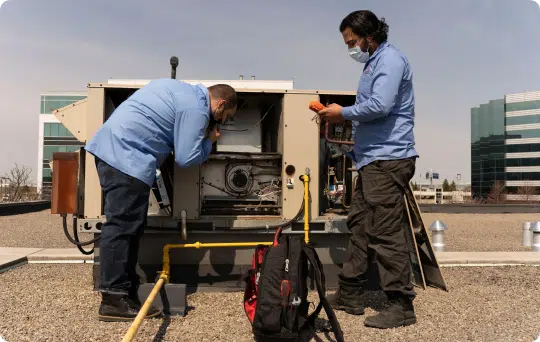How ductless mini splits Compare to Traditional HVAC Systems
How ductless mini splits Compare to Traditional HVAC Systems
Blog Article
How a Heatpump and Furnace Interact to Optimize Your Home's Home heating Performance
Comprehending just how a warmth pump and heater job together is crucial for property owners seeking reliable home heating remedies. Each system has its strengths, giving a balanced approach to home comfort. The heatpump stands out in moderate temperatures, while the heater supplies quick warmth during extreme cold. This harmony not just lowers energy expenses however likewise improves the lifespan of both home appliances. What variables affect this partnership, and just how can house owners maximize their benefits?
Recognizing Warm Pumps: How They Function
Lots of people may be unfamiliar with their inner functions, heat pumps play a vital function in modern home heating systems. These gadgets operate by moving warmth from one place to an additional, using the principles of thermodynamics. In colder months, a warmth pump removes warm from the outside air, ground, or water, and transfers it inside your home to warm the home. On the other hand, during warmer months, it can turn around the process, working as an ac system by getting rid of heat from inside to the outside.Heat pumps consist of an evaporator, compressor, development, and condenser valve. The cooling agent within the system takes in warm as it vaporizes at reduced temperature levels and pressures. The compressor then increases the stress and temperature of the cooling agent, allowing it to release heat as it condenses. This efficient process can considerably reduce power consumption contrasted to standard home heating techniques, making heatpump a lasting selection for climate control in homes.
The Function of Heating Systems in Home Home Heating
Furnaces play an important function in home heating by supplying a dependable resource of warmth during the cooler months. They run by generating heat through burning or electrical resistance, distributing it throughout the home using air ducts or glowing systems. The effectiveness of a furnace is typically determined by its Yearly Gas Application Effectiveness (AFUE) score, which shows exactly how successfully the unit transforms gas right into heat.Furnaces can utilize various energy sources, consisting of gas, oil, propane, or power, permitting house owners to choose the most suitable alternative for their requirements. Unlike heatpump, which might struggle in severe cool, heating systems maintain constant efficiency, guaranteeing that interior temperature levels remain comfortable despite outside problems. In addition, contemporary heaters often come geared up with innovative technology, such as wise thermostats and variable-speed blowers, improving their effectiveness and responsiveness. This convenience makes heaters a vital part in all-encompassing home heating strategies.

Advantages of Making Use Of Both Systems Together
Integrating the toughness of both furnaces and warm pumps can result in a much more reliable and reliable home heating remedy. Using both systems enables home owners to capitalize on the warm pump's power performance during milder temperature levels while relying upon the heater for even more severe cold conditions. This twin method can considerably minimize energy prices, as warm pumps take in less power than traditional home heating approaches when temperatures are moderate.Additionally, using both systems together can enhance comfort levels in the home. Heat pumps can supply constant, even home heating, while furnaces can promptly raise ambient temperature levels when required. The integration of both systems can expand the life-span of devices by lowering wear and tear on each device, as they share the work. Eventually, house owners can take pleasure in a balanced, economical heating service that adjusts effortlessly to varying weather, making certain a warm and welcoming home throughout the winter season.
How Heat Pumps and Furnaces Enhance Each Other
They develop a corresponding home heating system that makes the most of efficiency and convenience when homeowners integrate heat pumps and heating systems. Heatpump run by transferring heat from the outside air or ground, making them highly reliable in moderate climates. They excel during milder temperature levels, giving cost-efficient home heating. Conversely, heaters create heat via combustion or electric resistance, providing solid, immediate warmth during extreme cool conditions.The combination of these two systems permits dynamic adjustments based on temperature variations. During warmer months or milder winter days, the heat pump can take the lead, saving energy and lowering expenses. As temperature levels decrease, the heater can flawlessly engage, making certain regular heat throughout the home. This harmony not only optimizes energy use yet likewise enhances the life expectancy of both systems, as each unit runs within its excellent efficiency range. With each other, they produce a well balanced environment that adjusts to differing climate needs.
Enhancing Effectiveness: Tips for Homeowners
Property owners can boost their home heating performance with numerous useful methods. Establishing a normal maintenance routine, integrating clever thermostat modern technology, and applying effective insulation and securing remedies are essential steps. These procedures not only boost comfort yet likewise minimize energy prices.
Routine Maintenance Schedule
To ensure maximum home heating efficiency, establishing a routine maintenance routine is crucial for any type of home. Home owners should focus on regular inspections of both heatpump and heaters to determine peak performance. This includes transforming air filters each to 3 months, as stopped up filters can greatly minimize efficiency. In addition, scheduling professional maintenance a minimum of when a year allows service technicians to recognize and address prospective issues before they rise. Property owners must also cleanse the warmth pump's exterior unit to stop particles buildup that can hinder air flow. By sticking to a normal maintenance timetable, homeowners not just boost their heating systems' efficiency but likewise extend their lifespan, leading to higher convenience and lowered power expenses throughout the cooler months.
Smart Thermostat Integration
Incorporating a wise thermostat into a home heater can substantially enhance energy effectiveness, specifically as it permits for exact control over temperature settings. These gadgets can find out the property owner's timetable and preferences, automatically changing the temperature to enhance comfort while reducing energy use. They can reduce home heating throughout times when the home is vacant, lowering unneeded usage. Many clever thermostats additionally provide real-time power usage information, allowing house owners to make informed choices regarding their home heating behaviors. Furthermore, remote accessibility using mobile phone applications enables customers to adjust settings from anywhere, making sure the home is warm upon return. Overall, wise thermostat assimilation not just boosts convenience however substantially adds to energy financial savings and efficiency.
Insulation and Securing Solutions
Smart thermostats play a crucial duty in power efficiency, but their performance can be significantly boosted by appropriate insulation and securing options. Property owners ought to prioritize protecting walls, attic rooms, and floors to decrease heat loss. High-grade insulation products, such as spray foam or fiberglass, can substantially boost thermal resistance. In addition, sealing gaps around air ducts, doors, and home windows protects against chilly air infiltration and warm retreat. Weatherstripping and caulking are effective methods for addressing these leaks - heat pump service. Regular examinations for air leaks, along with making use of blower door tests, you could try here can aid identify problem areas. By spending in insulation and sealing, property owners can enhance the performance of their home heating systems, inevitably leading to minimized energy intake and reduced energy bills
Usual Myths About Warmth Pumps and Furnaces
What false impressions surround warm pumps and furnaces? Numerous people mistakenly think that heat pumps are inadequate in cooler climates. In truth, contemporary heat pumps are designed to run effectively even in low temperatures, giving reputable home heating throughout winter. One more common misconception is that heaters are always extra efficient than heatpump. Nonetheless, this relies on the particular power resources and efficiency ratings of the devices in question. Some might additionally think that utilizing both systems at the same time is unneeded, yet in fact, this combination can maximize home heating performance, specifically during severe climate condition. Additionally, individuals typically presume that warm pumps need constant maintenance, when actually, they have similar upkeep needs to typical heating unit. By debunking these myths, home owners can make even more educated choices regarding their home heating alternatives, ultimately resulting in enhanced comfort and power performance in their homes.
Upkeep Considerations for Combined Solutions

Frequently Asked Concerns
Can Warmth Pumps Job Properly in Exceptionally Cold Climates?
Heatpump can battle in extremely cold climates because of reduced effectiveness and warm removal constraints. However, improvements in technology have actually led to designs created for much better performance in such problems, enhancing their feasibility in rough atmospheres.
Just How Lengthy Do Warm Pumps and Furnaces Commonly Last?
Warm pumps commonly last 15 to twenty years, while furnaces have a lifespan of 15 to three decades. Regular maintenance can prolong their durability, making sure efficient procedure and reducing the need for premature replacements.

What Is the Average Price of Putting Up Both Equipments?
The ordinary expense of mounting both a heatpump and a furnace normally additional info ranges in between $5,000 to $10,000 - furnace replacement. Elements affecting this cost consist of system dimension, installation complexity, and local labor rates
Are There Tax Obligation Motivations for Utilizing Energy-Efficient Home Heating Systems?
Many homeowners make inquiries concerning tax obligation motivations for energy-efficient heating unit. Different federal and state programs usually supply rebates or credit reports, encouraging the fostering of lasting innovations to lower energy intake and promote environmental duty.
Exactly how Do I Choose the Right Size Heatpump and Furnace?
Choosing the ideal dimension heatpump and furnace entails calculating the home's square video, taking useful reference into consideration insulation high quality, and examining neighborhood environment. Consulting a professional can assure optimal system performance and power performance based on details demands. heat pump service. Understanding how a warmth pump and heating system work with each other is necessary for home owners looking for effective heating solutions. In colder months, a warmth pump essences heat from the outdoors air, ground, or water, and transfers it indoors to warm up the living space. When home owners incorporate heat pumps and heating systems, they develop a complementary heating system that makes the most of efficiency and convenience. Heat pumps run by transferring warmth from the outside air or ground, making them very efficient in modest environments. Warm pumps can battle in very cold climates due to reduced effectiveness and warmth extraction constraints
Report this page